
OR
More from Author
Seats reserved for women and persons with disability are often occupied by strong and able-bodied women and men, while sick and elderly have to stand
“When we were young, we would help the needy. Without being asked for, we offered bus seats to the weak and elderly. Today’s youths seem to be indifferent to their civic responsibility,” Ram Bahadur, 70, a villager from Gorkha said to me recently.
I met him standing next to me in a jam-packed crowded public bus in Kathmandu. He was returning to his son’s place after seeing an eye specialist. After a short conversation we did not feel like strangers. He complained that none of the youths showed any gesture of empathy while he was standing all the way while traveling from Gorkha to Kathmandu.
When he reached the bus station, there was only one bus waiting to leave for Kathmandu. He boarded the bus hoping that some young passengers would leave a seat for an old and sick person like him. None of them did. It was then that he realized how sense of civic responsibility is fading among people, especially among youths.
Story of Ram Bahadur is a representative case. Travelling for the elderly, sick and disabled is extremely difficult nowadays, including in Kathmandu. Mismanagement of transport facility is rampant here. During the rush hours, travelling by public transport is a losing battle except for the very physically fit people. Able-bodied people occupy the bus seats quickly. Many others have to stand on the gangway of crowded buses.
Dangerous journey
Passengers are even forced to get on moving buses, which is dangerous. Overcrowding is one of the major causes of road accidents in Nepal. It’s very difficult for women to protect their own bodies in crowded buses. The frequent cases of abuse and picking of pockets is the proof of extremely unfriendly public transportation. Children, elderly, women with babies and pregnant women suffer the most.
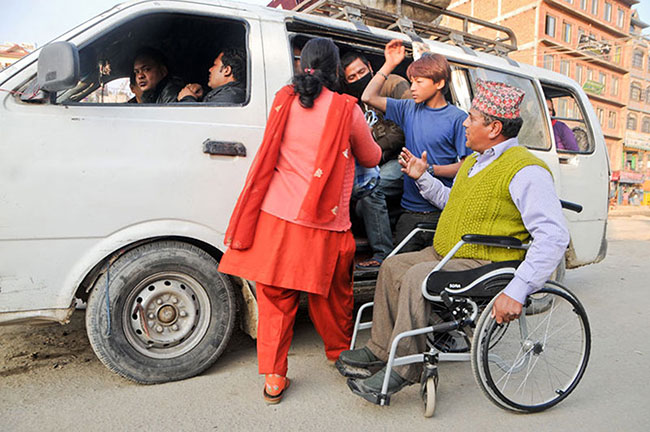
It is good that some seats in public buses are allotted for women, disabled and elderly, with signs printed in big letters above the seats. But this has not helped much because most passengers do not follow this rule. Seats reserved for women are often occupied by strong and able-bodied women, while sick and elderly women have to stand all the way, forget the persons with disabilities who have to struggle to get into the buses in the first place.
Article 9 of UN Convention on the Rights of Persons with Disabilities (CRPD) has set forth the rights of persons with disabilities to accessibility. CRPD has ensured access to transportation, on information and communications and the facilities and services provided to the public both in urban and in rural areas.
The accessibility guidelines endorsed by government of Nepal is in line with CRPD. It states that management of public transportation (streets, side- walks, traffic-signs, buses, rail and air services) should accommodate accessibility for persons with disabilities.
People with a profound or severe disability such as wheelchair users cannot even imagine entering a bus in our cities. It is impossible for them to get into the buses. Transport operators at times seem unwilling to take in passengers with disabilities.
Solving the problems
We need to promote culture of sharing and caring in transport facilities. We need to give the reserved seats to the needy. Awareness campaigns should be initiated through televisions and radio advertisements. We need to include civic education in curriculums of schools and colleges. Concerned authorities should monitor the compliance in public buses. For this regular orientation and coaching to transport operators must be provided on a regular basis.
On their part the public transport users should also behave responsibly with the weaker and physically challenged passengers. Around 90 percent of public transport services in Nepal are managed by private transport entrepreneurs. Their goal is to make profit. If buses were not overcrowded, the operators would have to charge a higher price, in order to make a profit or for survival in business.
Reliable, comfortable and timely service will encourage people to use public transport. This helps in reducing pollution and traffic jams. Therefore the state should invest in public transport.
Government subsidy for public transport, given only to operators who do not overcrowd their buses, along with monitoring system to ensure that those operators receiving the subsidy do not overcrowd their buses, can be the first step towards solving the problem.
It is the responsibility of the government to enhance accessible transport for its citizens, including those with disabilities. It should adopt accessibility measures in at least some of the buses for the persons with disability.
Sajha Yatayat and Mahanagar Yatayat in Kathmandu have done this. Government should direct other operators to follow suit.
The author is disability rights activist meenraj.panthee@gmail.com
You May Like This

Transport Minister stresses on development of water transport in Karnali
KARNALI, May 22: Minister for Physical Infrastructure and Transport, Raghubir Mahaseth, has said the government new policies and programmes had... Read More...

Transport entrepreneurs accuse of intending to damage transport business
KATHMANDU, April 18: Transport Entrepreneurs have accused the government of intending to damage their business. ... Read More...

Transport Minister makes a surprise visit to transport office
LALITPUR, Nov 29: Minister for Physical Infrastructure and Transport Management Ramesh Lekhak made a surprise visit to the Transport Management... Read More...

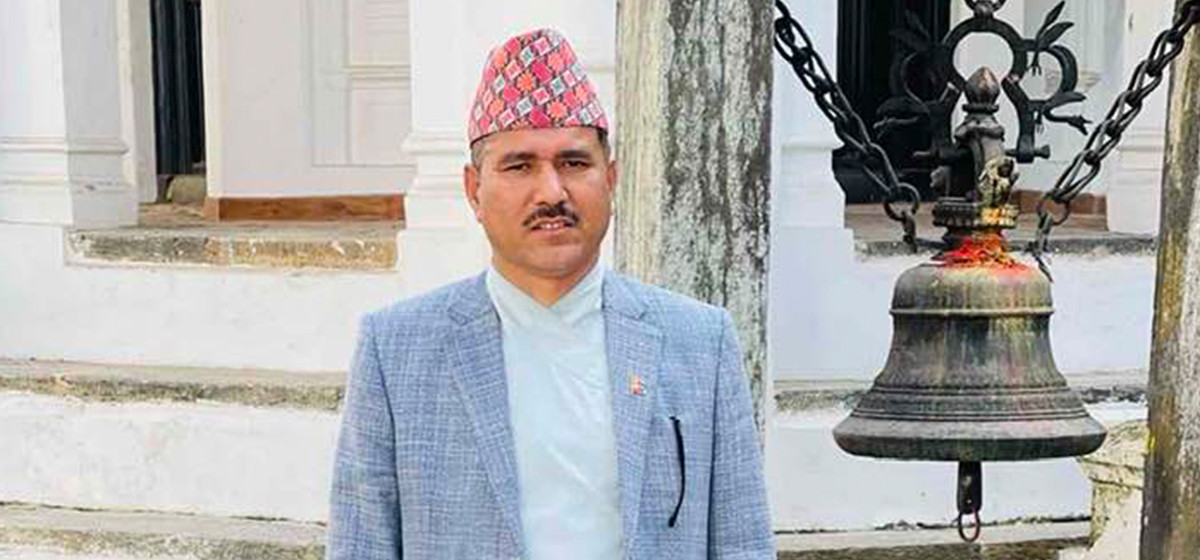
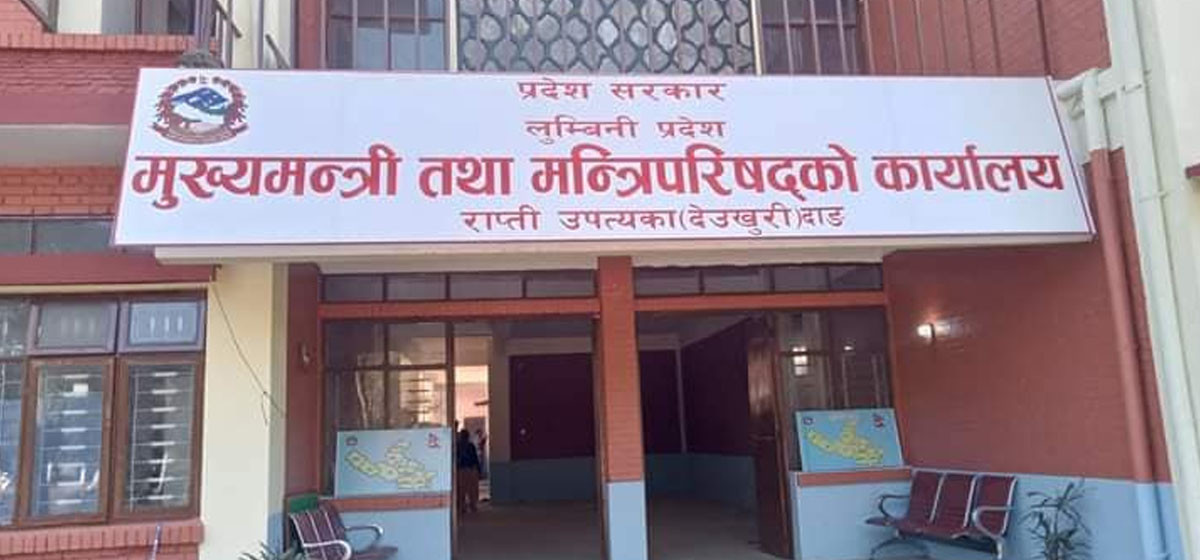
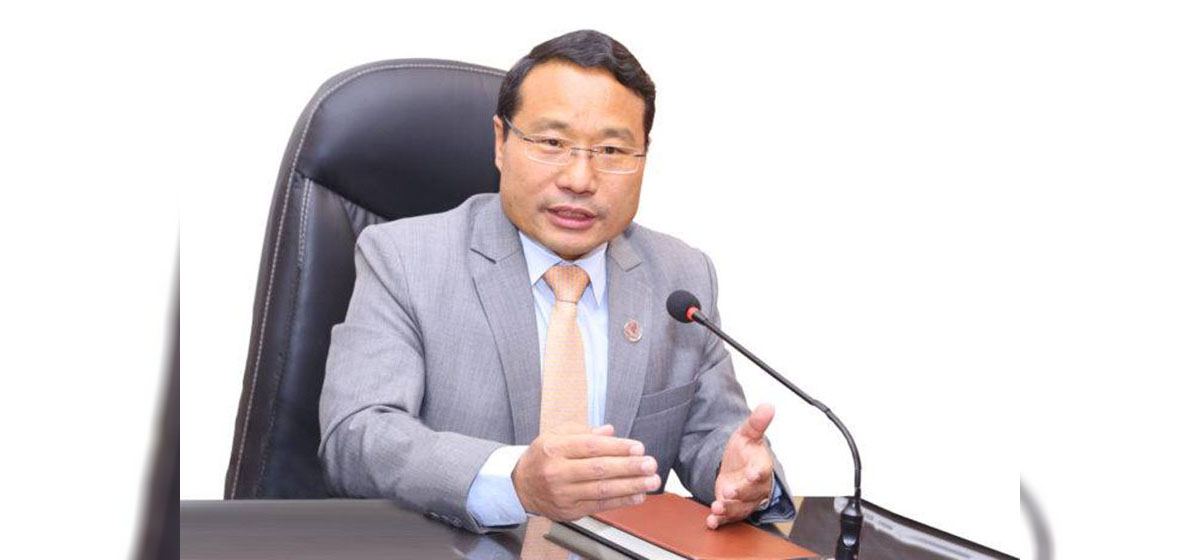
Just In
- ED attaches Raj Kundra’s properties worth Rs 97.79 crore in Bitcoin investment fraud case
- Newly-appointed Auditor General Raya takes oath
- CM Mahara expands Cabinet in Lumbini Province
- FinMin Pun addresses V-20 meeting: ‘Nepal plays a minimal role in climate change, so it should get compensation’
- Nepalis living illegally in Kuwait can return home by June 17 without facing penalties
- 'Trishuli Villa' operationalized with Rs 100 million investment
- Unified Socialist rejoins Lumbini Province govt following ministry allocation
- Police release ANFA Vice President Lama after SC order



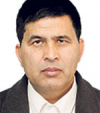










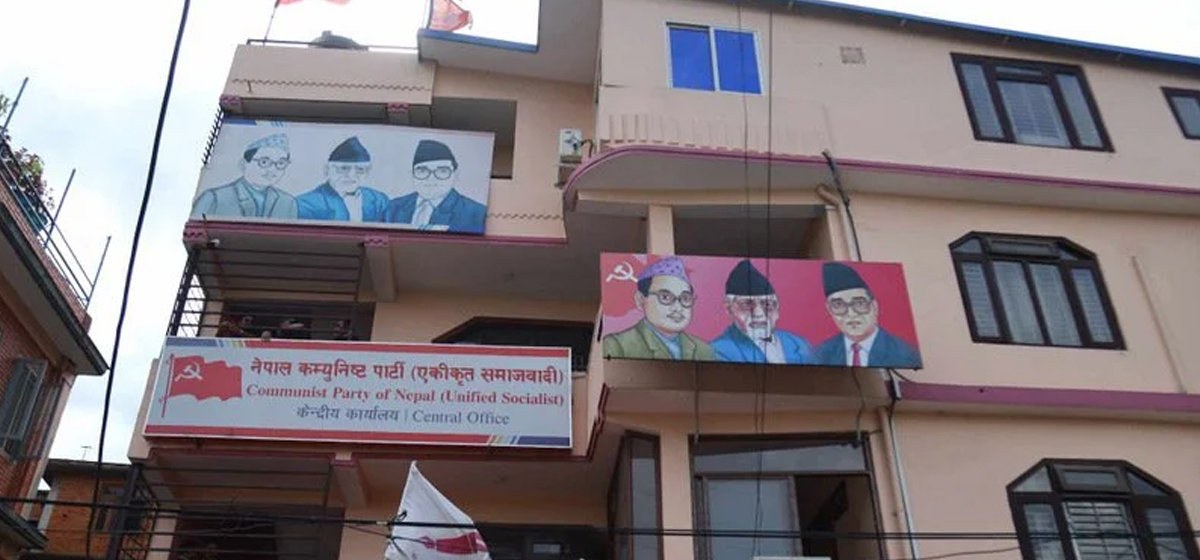
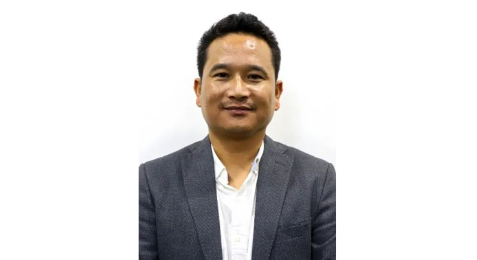
Leave A Comment